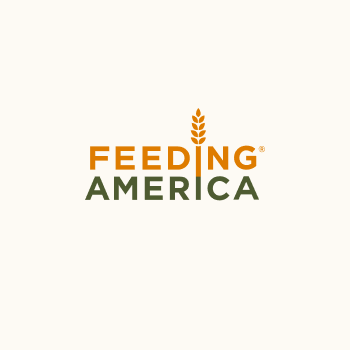4 ways food banks are feeding kids right now
As the COVID-19 delta variant surges, schools and families are continuing to face difficult decisions about how best to keep kids safe in the upcoming school year. School districts are choosing between in-person instruction, remote learning or a combination of both and are weighing whether or not to establish mask mandates. With the timeline of vaccine rollout for those under 12 and future variants unknown, this school year is bound to bring more uncertainty for parents and children. But, food banks are making sure parents facing hunger won’t have to worry about where their children’s next meal will come from.
With an estimated 13 million kids facing hunger in 2021, food banks are leveraging learnings from last year’s food program adjustments to provide kids with the food they need throughout this next school year, no matter what lies ahead.
Four ways food banks are helping kids and their families get food this school year
1. BackPack Programs are providing kids with food to take home on weekends and during school breaks
Many food banks across the country run BackPack programs, which provide shelf-stable food for kids to take home on the weekend. When schools go virtual, families are able to pick up this food at convenient locations in their communities. Food banks are continuing to meet the ongoing demand and preparing for the unexpected challenges this next school year may bring.
For example, Northern Illinois Food Bank is providing students with sturdier bags to make picking up or bringing the food home from school even easier. Additionally, they are delivering food to schools a week ahead of the scheduled distribution to allow hybrid learning schools to hand off the food whichever days of the week the children are in the classroom.
2. Drive-thru and food pickup at local schools
Food banks are partnering with schools–even if they aren’t seeing kids in the classrooms–to give food to families of students using contact free pickups. Schools and food banks often give out fresh produce, meat, and pantry staples like pasta, peanut butter, canned fruit. At some pickups, families are not required to attend the school hosting the pickup.
Some schools partnering with the HACAP Food Reservoir are leveraging a shopping list system, where families submit a list of items they would like to receive, and staff prepacks the items for a drive-thru or hand-off delivery. This allows for families to still have a choice in what they receive while reducing the need for an in-person shopping experience.
3. Bringing food directly to kids and families at their homes or community centers
Food banks and their partners are working hard to make sure kids and families have food this school year and even when that means bringing food directly to homes or creating pop-up food pantries in neighborhoods like community centers and places of worship.
For example, Long Island Cares is delivering food to kids with a mobile breakfast program. Called the Aspara’Gus’ Food Truck, the truck stops at a number of community sites on Saturdays and Sundays, distributing free to-go cold breakfasts to kids.
4. After school meals are filling the gap in the evening
Even when schools are closed, some after-school meal programs stay open to help feed children who don’t have consistent access to food at home. Because many after-school programs before the pandemic included hot meals in a group setting, food banks are having to adapt to make sure kids still have a meal option without needing to eat with a group. Food banks like Capital Area Food Bank are keeping open their after-school sites and are offering cold to-go meals for kids to take home and eat.
How can I help?
- Volunteer at your local food bank. Volunteers are an important part of packing shelf-stable meals for kids or families when school is in session. Find your local food bank and follow them on social media to learn what they need most as the school year starts.
- Encourage parents who need a little extra help to reach out to their local school to learn what the qualifications are for meal programs. More families may be eligible for school breakfast and lunch programs then in years past.
- Raise awareness about free meal programs for kids. Meals for kids are available, but often parents don’t know where to find them. Check with your local food bank and your school district about how you can spread the word.













